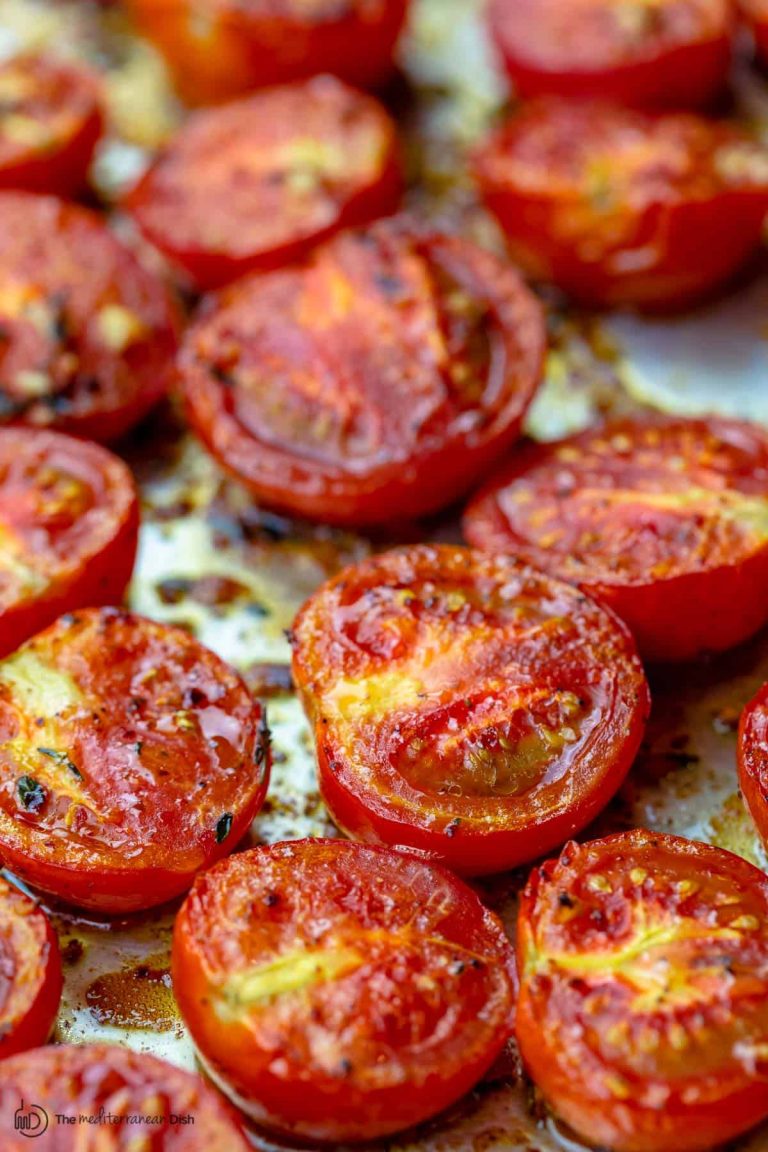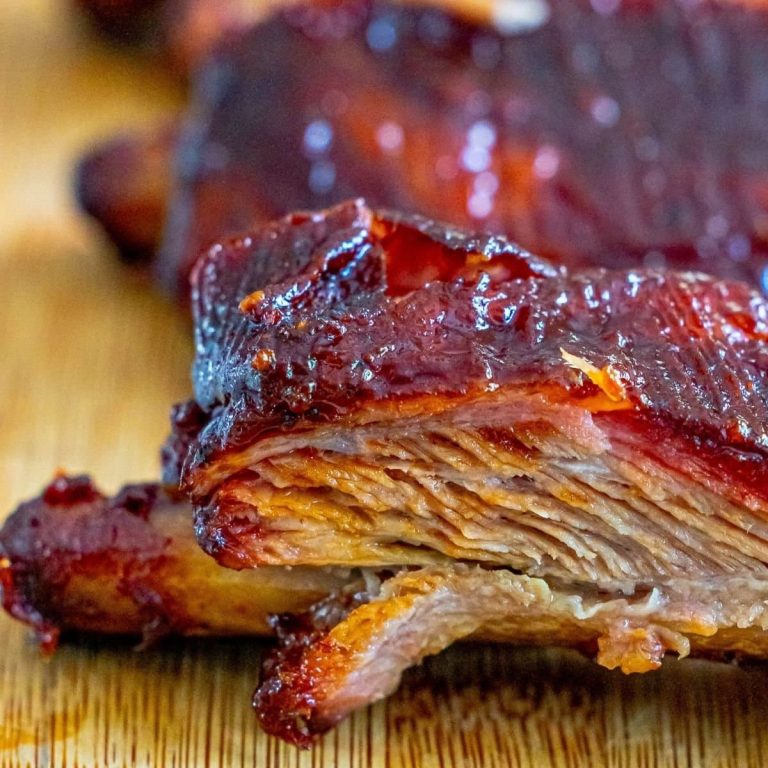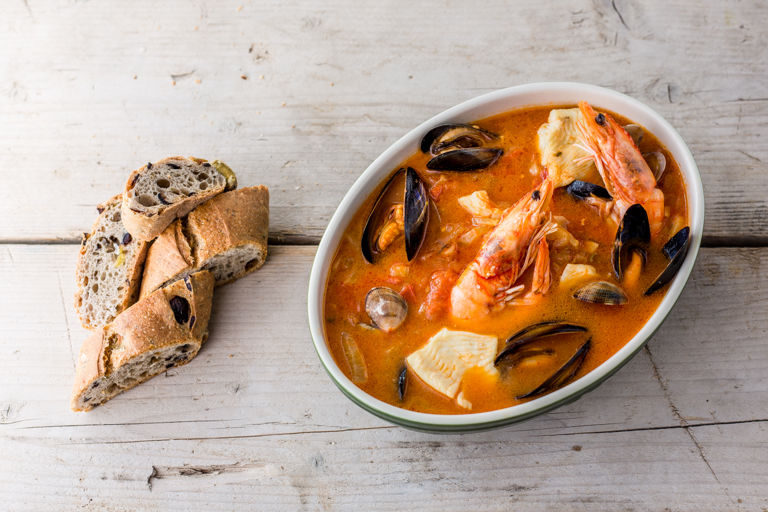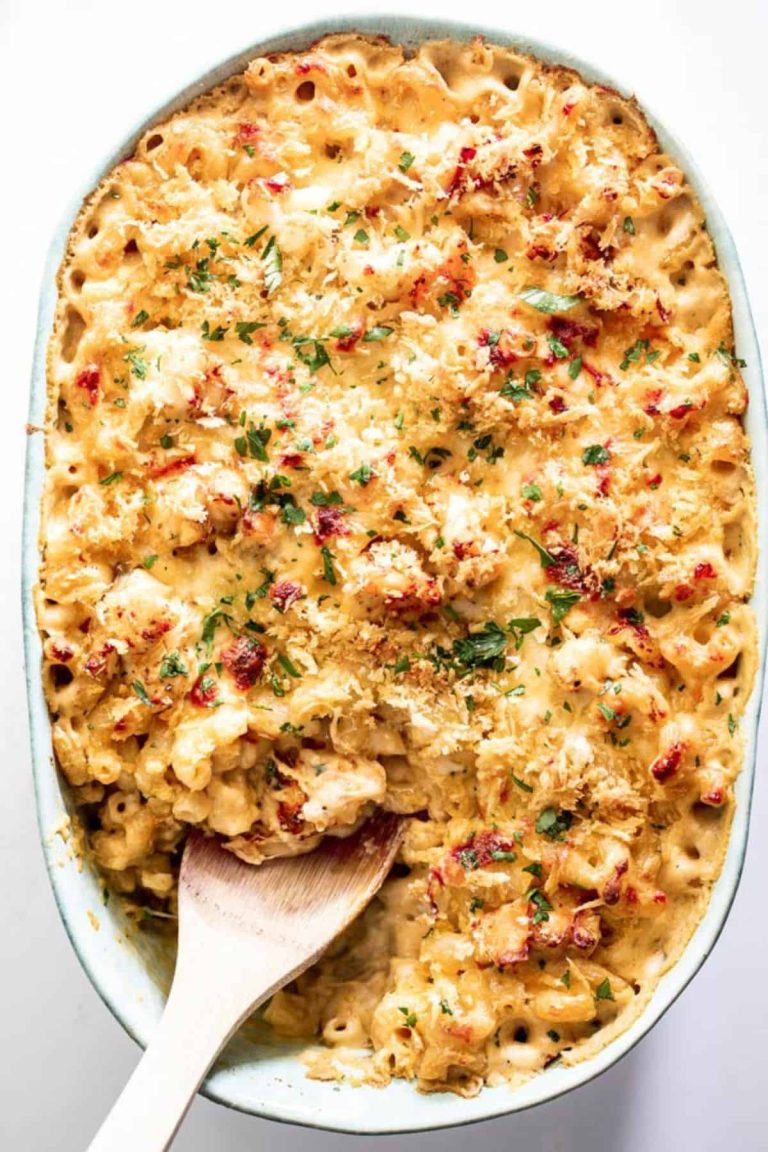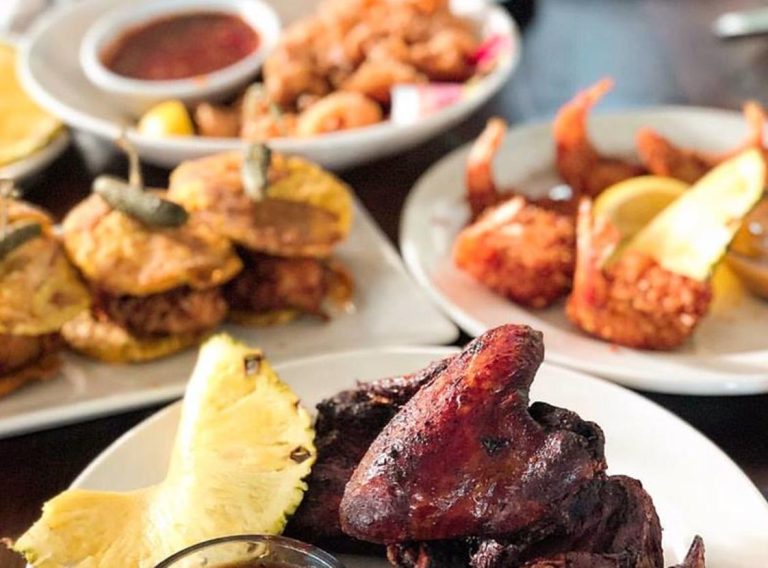Pancit Molo Filipino Wonton Soup: Origins, Recipes, and Health Benefits
Pancit Molo traces its origins to the Molo district in Iloilo on Panay Island, reflecting the area’s rich cultural history and culinary influences. Initially created by Chinese immigrants who settled in the Philippines centuries ago, this dish showcases a fusion of Chinese and Filipino culinary traditions. Over time, local adaptations introduced notable Filipino flavors and ingredients, making Pancit Molo a unique variant of traditional wonton soup.
Key Ingredients in Traditional Recipes
Traditional Pancit Molo recipes feature various ingredients that contribute to its distinct taste and texture. These include:
- Wrapper: Made from wheat flour, eggs, and water, the wrapper encases the filling.
- Filling: A blend of ground pork, shrimp, garlic, and onions, seasoned with salt and pepper.
- Broth: A rich chicken or pork-based broth, often simmered with bones and aromatics like garlic, onions, and peppercorns.
- Toppings: Chopped green onions and toasted garlic add flavor and aroma.
- Seasonings: Fish sauce (patis) and soy sauce enhance the savory profile of the soup.
These ingredients, when combined, create a comforting and flavorful bowl of Pancit Molo that stands out as a beloved Filipino comfort food.
Culinary Techniques and Preparation
Making the Perfect Molo Balls
Ensure the filling for your Molo balls stands out by using fresh ground pork and shrimp, finely chopped. Add minced garlic, onions, salt, pepper, and a touch of fish sauce for an added umami flavor. Mix thoroughly until the ingredients are well combined.
Prepare the wonton wrappers from wheat flour and water, ensuring they are thin yet sturdy. Place a teaspoon of filling onto each wrapper. Fold the wrapper over the filling to form a triangle, then bring the corners together to seal, creating a compact Molo ball. Press the edges firmly to avoid any leaks during cooking. Creating uniform Molo balls ensures even cooking.
Creating a Rich and Flavorful Broth
Start with a base of chicken or pork bones, ensuring you select meaty ones for a deeper flavor. Simmer the bones in water for at least 2 hours, skimming off any excess fat and impurities that rise to the surface to keep the broth clear.
Add aromatics like onions, garlic, ginger, and peppercorns halfway through the simmering process for enhanced depth. Incorporate fish sauce and soy sauce towards the end for seasoning. Strain the broth to remove solids, creating a smooth, rich liquid.
Add the Molo balls to the simmering broth, ensuring they cook through. Finish with toppings like chopped green onions and toasted garlic for added flavor and texture. This method ensures your Pancit Molo offers a harmonious and comforting culinary experience.
Cultural Significance of Pancit Molo
Pancit Molo in Filipino Celebrations
Pancit Molo often takes a central role in Filipino gatherings. During festivals like fiestas and family reunions, you’ll find this soup served as a symbol of warmth and hospitality. This dish embodies community spirit as families often come together to prepare it. You might encounter Pancit Molo at weddings, highlighting its importance in Filipino culinary traditions.
Regional Variations Across the Philippines
Each region in the Philippines adds its own twist to Pancit Molo. In Iloilo, you’d notice the traditional use of fresh seafood due to coastal proximity. Meanwhile, other regions might incorporate local spices and vegetables, providing a unique taste. Luzon, for example, often includes more garlic and native greens. Variations adapt the core recipe to local flavors, enriching the dish’s diverse cultural tapestry.
Tables or further structured data can be added in future sections if there are specifics about ingredient differences by region or quantitative data about the frequency of the dish in various celebrations. For now, the cultural and regional context captures the essence of Pancit Molo.
The section provides clear and direct information, with the cultural context connecting to the origins and preparation details from the previous summary, enhancing the overall coherence.
Health Benefits and Nutritional Value
Analyzing the Caloric Content
Pancit Molo, a flavorful dish, offers a balanced calorie count. A serving of this wonton soup contains roughly 300 calories. The Molo balls, primarily made of ground pork and shrimp, contribute around 150 calories. The broth, made with chicken or pork bones, adds about 60-80 calories. Toppings like green onions and toasted garlic add minimal calories but enhance flavor. If you include fish sauce and soy sauce, they add sodium but negligible calories. Overall, it’s a nutritious, calorie-efficient meal when consumed in moderation.
The Health Benefits of Broth-Based Soups
Broth-based soups like Pancit Molo provide significant health benefits. The hot broth aids in hydration and digestion. Chicken or pork bones used in the broth offer collagen, promoting joint health. Aromatics such as garlic and ginger in the broth have anti-inflammatory properties. Additionally, vegetables like green onions provide vitamins A and C, enhancing immunity. The balanced protein from ground pork and shrimp supports muscle health. Overall, Pancit Molo offers a nutritious option that supports overall well-being.
Conclusion
Pancit Molo isn’t just a delicious blend of Chinese and Filipino culinary traditions; it’s a dish rich in cultural significance and nutritional value. Whether you’re enjoying it during a festive celebration or as a comforting meal on a chilly day, this soup offers both flavor and health benefits. With its nourishing ingredients and balanced nutrients, Pancit Molo can be a delightful addition to your diet. So next time you’re looking for a meal that’s both satisfying and wholesome, consider making Pancit Molo a part of your culinary repertoire.

